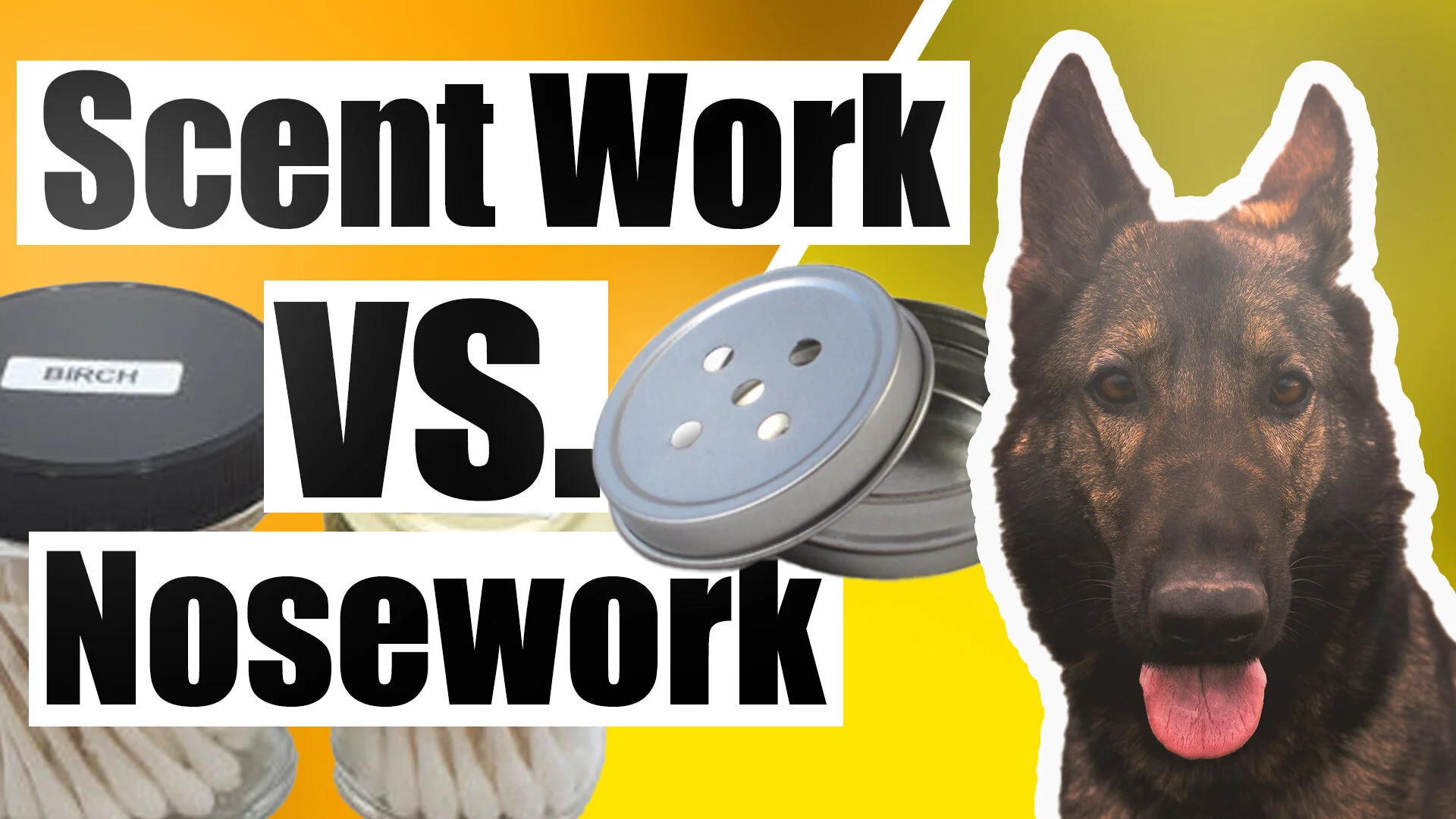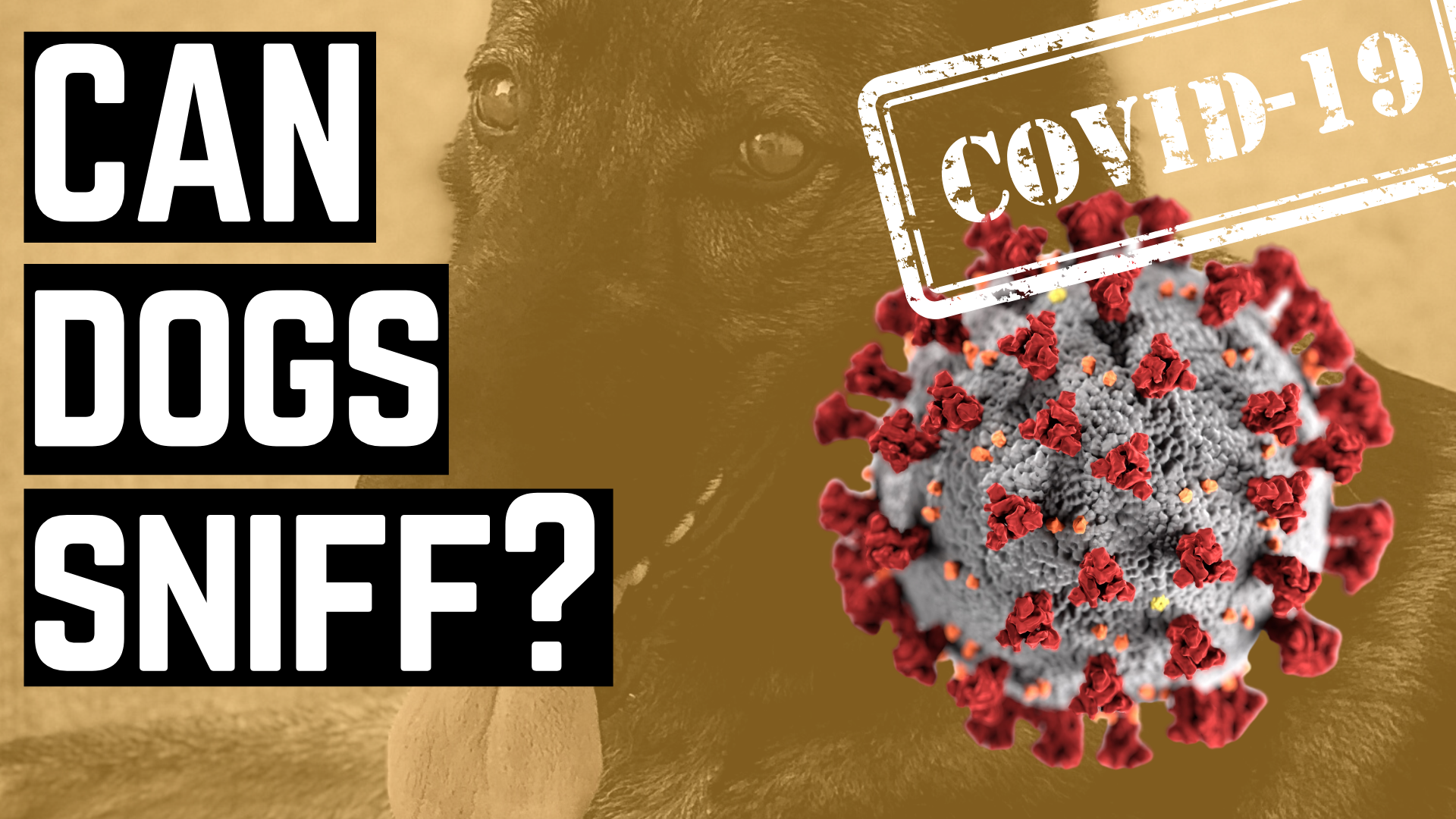Sniffer Dog -> Scent Work
HIT PLAY OR READ THE POST BELOW:
What Can Novice Handler’s Learn?:
A dog’s ability to detect a specific odor or mixture of odors depends on how you train it and whether the canine handler training prepares the dog to detect that odor. It’s no different from how humans are programmed to recognize certain smells that trigger what could produce that odor. Whether it be explosive materials or something as arbitrary as a flower, we tie certain materials to a particular memory.
A lot of the way you perceive things will vary a lot based on your experience and training. The more reward kind of learning you get, the better your perceptual systems are at detecting it. The dog is the same way if you train a dog to detect something at a specific concentration.
If you teach a dog to detect a small number of narcotics, then one day that dog is asked to find thousands of pounds of that narcotic, it’s going to smell completely different because it’s at a much higher concentration than what the dog is used to smelling.
An Olfactometer is a great training aid for many detection dog handlers. You can use them to gauge the odor detection threshold of substances. They are usually used in an official (law enforcement agencies, military dogs, homeland security, etc.) or scientific capacity. For instance, they are often used in research studies or to train professional working dogs, as odor mixture training enhances dogs’ olfactory detection of Home-Made Explosive precursors. The ability to identify individual components in complex mixtures (also known as figure-background segregation) is what we are looking for in a dog. You will build these skills through experience and training.
Nathaniel J. Hall, Assistant Professor of Companion Animal Science at Texas Tech University, and Clive D.L. Wynne, Director of the Canine Science Collaboratory at Arizona State University, concluded, “Odor mixture training enhances dogs’ olfactory detection of Home-Made Explosive precursors,” that…
“Training method has significant impacts on the perception of components in odor mixtures and highlights the importance of olfactory learning for the effective detection of Home Made Explosives by dogs.”
In training a dog to detect explosives, the two main ingredients are the fuel and the oxidizer. The fuel can be anything combustible but can also be a combination of chemicals that could include daily household products, which have the potential to throw the dogs off the scent you train them to detect. The oxidizer is a chemical required by the fuel to burn by causing other elements to lose electrons. The most common oxidizing agents are oxygen, hydrogen peroxide, and halogens.
In this explosive detection dog example, we don’t necessarily want the working dog to find the oxidizer; we want the dog’s nose to find it mixed with different fuel sources. We want them to learn that it doesn’t matter what it’s mixed with, but if you find the oxidizer and any of these kinds of ingredients, alert your handler.
The explosives detection canine teams’ training methods reward dogs for detecting the oxidizer in a mixture and ignoring mixtures that don’t. Through earning rewards, explosive detection dogs, or a sniffer dog learns what humans expect them to detect on the canine team. The goal is to find which class of trained dogs will be the most accurate and most discriminating in detecting mixtures with or without the oxidizer.
If you train a detector dog on many different concentrations so the dog knows if it smells something somewhat similar, it should probably go ahead and alert to that. The dog is going to be more likely to generalize a broader range of concentrations.
Expect that most dogs, even a Belgian Malinois detector dog, need hundreds of repetitions to generalize “find it” before it’s advisable to make it harder and ask the dog to “show me.” It would be best if you built the value of odor before you test the value. Note that if a K9 team embarks on indication training too soon, you ramp up the pressure, and the dog may leave the source, offer frustration behaviors, lose motivation, and quit searching. Whenever your dog fails several times, you need to make it easier and be more rewarding.
So, I hope you got value out of this episode. Be sure to subscribe to our YouTube channel, Dingle Days, and check us out on Twitter and the linked blog post in the description as well. If you’d like to dive a little deeper into the conversation, check out the Dogs Are People Too podcast in all the places or the YouTube scent work/ nose work playlist listed below. Until next time, continue to get after it.
Hi, I’m Geryah! I am a dog lover and enthusiast whose life is enriched every day by the company of my furry friend. I started training dogs in 2017, when I decided to make my passion a reality. I film, edit, and post training and pet photography videos with my GSD, Disney on my YouTube Channel: Dingle Days. My mission is to train dogs and teach people to enable pets to best share in our lives.










Geryah interviews Dianna Santos of cyberscentwork.com on how to get started with cyber scent work with any dog.